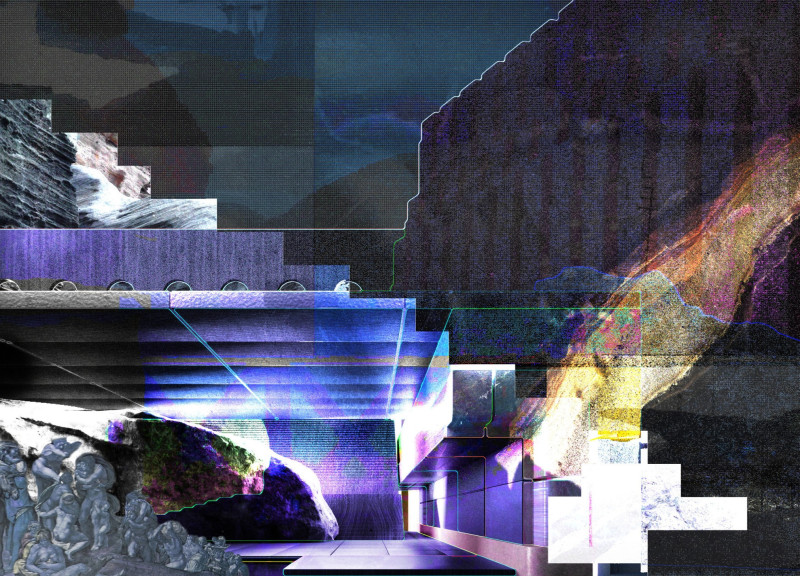5 key facts about this project
This project stands out for its commitment to integrating the surrounding environment into its design. The architects have taken great care to consider the site's unique geographical and cultural context, reflecting the community’s values and history in the architectural language. This connection to place informs not only the visual elements of the design but also the materials chosen, enhancing the building's relevance and resonance within its setting.
At its core, this architectural design aims to foster interaction among users while providing functional spaces that accommodate a variety of activities. Thoughtfully defined zones within the building allow for both private contemplation and communal gatherings, ensuring that a diverse range of community needs is met. The flexible floor plan includes areas for workshops, exhibitions, and social events, making the space adaptable and responsive to changing demands. It embodies a user-centric approach that prioritizes accessibility and comfort, making it a welcoming destination for all.
The façade of the building is particularly noteworthy. It employs a combination of natural materials and modern elements, striking a balance that feels both grounded and contemporary. The use of locally sourced materials not only reflects the characteristics of regional architecture but also minimizes the carbon footprint of the project. Large windows allow for ample natural light, creating a bright and inviting atmosphere while promoting energy efficiency. The design further incorporates dynamic shading devices that mitigate heat gain, enhancing thermal comfort for occupants.
Inside, the spatial organization emphasizes transparency and connectivity. Open layouts foster a seamless flow between different functional areas, encouraging movement and interaction. The careful placement of communal spaces enables informal gatherings and impromptu conversations, contributing to a vibrant atmosphere. Acoustic considerations have also been meticulously addressed, ensuring that noise levels remain manageable in bustling areas while providing quieter retreats for reflection and study.
One of the unique design approaches evident in this project is the integration of greenery throughout the building. Incorporating biophilic design principles, the architects have created vertical gardens and green roofs that not only enhance the aesthetic appeal but also improve air quality and promote biodiversity. This focus on nature within the built environment reinforces the importance of ecological stewardship and encourages occupants to engage with the natural world around them.
Sustainability is a key theme woven into the fabric of this project. Energy-efficient systems, including solar panels and rainwater harvesting, further underscore the commitment to reducing the environmental impact of the building. These elements not only exemplify responsible design choices but also serve as educational tools for the community, fostering a greater awareness of sustainability practices.
The architectural design is enriched by its attention to detail, from the selection of finishes to the thoughtful integration of technology. Smart building systems allow for efficient management of resources and enhance user comfort. These innovations reflect a forward-thinking approach that positions the project as a model for future developments within the architectural field.
As you explore this architectural project further, we encourage you to delve into the architectural plans, architectural sections, and architectural designs that illustrate the thoughtfulness behind various design decisions. Each layer of detail adds depth to the understanding of the architects' vision and the project's significance within both the community and the broader context of contemporary architecture.























